A Guide to Property Investment in Spain

With any investment, doing your homework is often the key to success. Buying property abroad is no different and, for those who wish to purchase a property in Spain, this guide will help you get a handle on some of the dos and don’ts of Spanish property investment.
Why Spain?
For many, the global economic crisis was a disaster that they would sooner forget. Property markets across the globe were hit dramatically and many have struggled to make any gains at all since the storm hit back in late 2007. However, some analysts now believe that many of the markets that suffered through those dark years have now bottomed out and they are starting to represent great value for those who are willing to invest again.
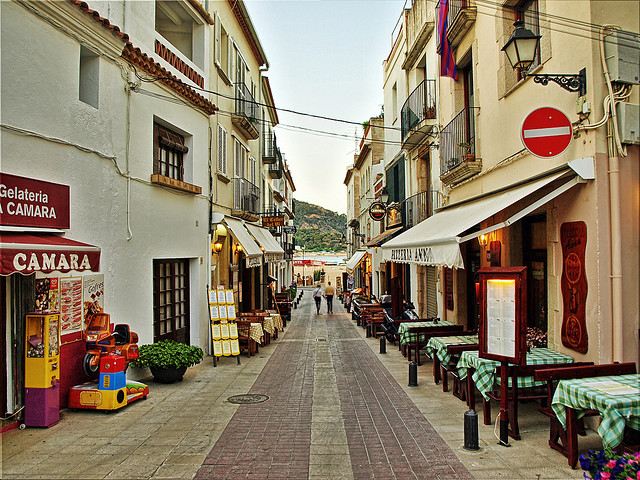
Photo Credit: Neil Howard via Flickr
Spain is one such market. Property prices there have been adversely affected since 2007, but things are starting to look rosy once more – especially at the higher end of the market. Spain is also well known to us Brits, and the familiarity that we have with the country gives us a sense of security that we simply wouldn’t have if we chose to invest abroad elsewhere.
The Spanish government has also recently made amendments to its so-called ‘golden visa’ scheme that should make the opportunity more straightforward and accessible for non-EU investors to gain residency. The scheme – which has been slow to take off since its inception back in January 2013 – has now been simplified and it is hoped that overseas investors will be tempted back by the offer, fueling growth once again in the housing market there.

Photo Credit: Stephen via Flickr
How the market stands currently
Property in Spain has already been seeing the first shoots of recovery over the last 12 months or so. Annual price growth to June 2015 was reported at 5.12%, largely thanks to overseas investment in the luxury property market.
However, overall property transactions have also increased by 7.9% across the same period, which underlines the hope that the Spanish property market is indeed on the up.
Average house prices across the entire country are down by 29% on their pre-bubble levels, so the room for growth here is extraordinary. Many experts are strongly advising that now is the time to get back into the Spanish market as demand is expected to rise sharply again over the coming months and years.
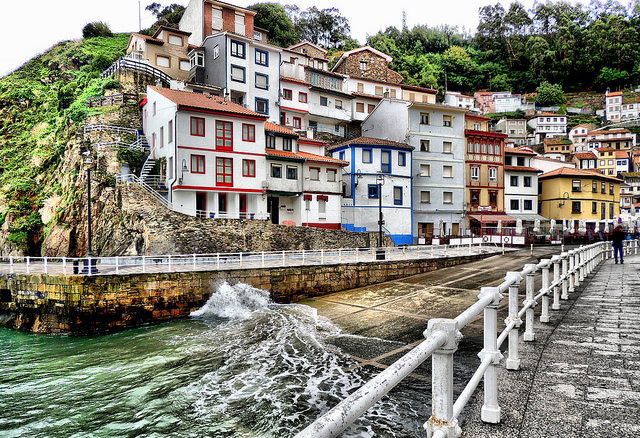
Photo Credit: Jose Luis Cernadas Iglesias via Flickr
Buying a property in Spain for investment purposes
Now that we have an overview on the current situation in Spain, it’s time to dig a little deeper into how best to go about acquiring a property there. While each individual’s circumstances will be different, there are certain things that everyone who wishes to invest in property abroad will need to take heed of. Let’s get started
Finding the right property in Spain
Buying property as an investment is different to buying property to live in. There are certain things that need to be taken into consideration in order to get the best ROI possible and keep costs to a minimum.

Photo Credit: Gustave Deghilage via Flickr
Many of the basics of property investment remain the same regardless of where you are buying, these include:
- Selecting a favourable location – Don’t let price influence your decision at this stage of the process. Look for areas that have obvious potential and good surrounding amenities and infrastructure.
Buying a property simply because it suits your budget will not guarantee investment success, so it’s vital that you choose a property based on the needs of others rather than your own.
Look out for places that people want to move to and research the local schools and transport links, and delve into the employment situation in the area.
- Study the local market – Explore the local market as best you can. Try to find out how property prices have performed over recent months and what the turnover rate has been like in the area.
Ask about relative rental yields and occupancy rates, too. Any information you can gather prior to moving forward with your investment will prove invaluable at the decision making stage.
- Do your sums – Once you have a certain amount of knowledge you will then be able to better calculate whether or not the investment will be right for you.
Take into account all of your costs and remember to add a margin of error into your equation too. Doing so will give you a buffer should your estimations fall short.
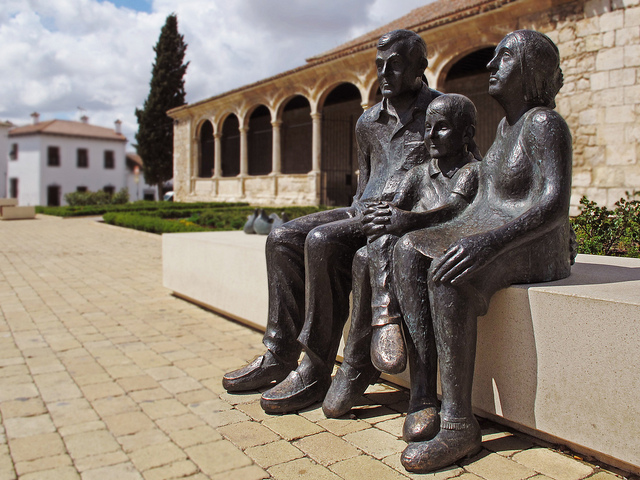
Photo Credit: jacinta lluch valero via Flickr
Legal guidance
Even if you are completely familiar with the conveyancing process here in the UK it is vital that you seek the help of a Spanish land law specialist. Urbanismo (Spanish land law) is quite different to ours and the conveyancing system in Spain can prove to be challenging.
While it is perfectly fine to opt for a UK based lawyer or estate agent, it is important that you check their credentials prior to proceeding. Anyone handling property purchases for you should specialise in International Transactions and be registered with the UK Law Society. Drill down further by inquiring about their previous dealings with the Spanish conveyancing system and, wherever possible, try to obtain testimonials from previous clients.

Should you choose to have a Spanish lawyer handle your purchase, ensure that they are registered with the local bar association (Colegio de Abogados) and that they are currently practicing. Your legal representative should hold professional indemnity insurance too.
Do not, under any circumstances, sign anything or part with any money until you have received independent legal advice.
Dealing with the language barrier
Independent translators can be worth their weight in gold for those who do not have a good grasp of the language. While the vast majority of legal representatives you’ll deal with will be fluent in English, your contracts and documentation will all be completed in Spanish. Therefore it is vital that you get these translated into English so you know exactly what you are signing before you put pen to paper.

Photo Credit: Dani Vázquez via Flickr
Obtaining a mortgage
Many British banks will be happy to give you a mortgage on overseas property, but, on occasion, better deals can be had if you deal with a local Spanish bank. Unlike banks in the UK, many Spanish banks set their own rates and fees.
So, within the same overall bank, different branches can offer different rates to borrowers. Shopping around is a must when looking for a mortgage in Spain as the variation between one high street lender and another can be vast.

Photo Credit: Arrano via Flickr
The majority of mortgages issued in Spain will be variable rate mortgages. These can rise and fall according to the changes made to the base rate, which is set by the European central bank.
Fixed rate mortgages are available, but they are not common. In fact, as little as 3 per cent of all mortgages issued in Spain are fixed rate. Similarly, mixed mortgages – those fixed for a certain period at the beginning of the mortgage, which then turns variable when that period has elapsed – can be found through most lenders, but they are not the norm.
Again, the importance of research cannot be understated. Make sure that you are fully aware of any clauses or stipulations set into your mortgage before you sign.

Photo Credit: Paulo Brandao via Flickr
Deposit levels
Current deposit levels vary across Spain, and things are getting better in this regard. Spanish banks have been risk-averse over the last few years for obvious reasons, but many are now loosening their belts and offering more reasonable deposit rates to purchasers.
Non-Spanish buyers can expect to be hit harder than Spanish nationals, however. In some cases, you will find that some banks are even willing to go as low as 90% with their deposits; depending on personal circumstances.
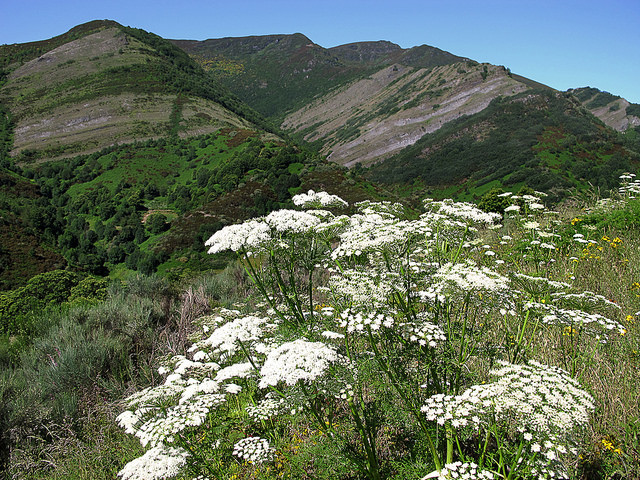
Photo Credit: jacinta lluch valero via Flickr
This is largely done in the hope that it will stimulate overseas investment once again, and this can only be a good thing for those looking to turn a profit in Spain, but don’t have a big deposit to offer. As long as you are willing to invest your time and efforts, this is a great moment to seriously consider venturing into the world of Spanish property investment. That is, once you know all the facts of course.
Taxation
Spain has introduced a raft of new taxation laws over the last year, so it is important that you consult with a Spanish tax specialist prior to moving forward with your purchase.
Tax levels in Spain can vary between resale properties and new builds, and completion taxes can be high in some instances. La Complementaria, or ‘bargain hunter tax’ as it is known, has caught many unawares.

Photo Credit: jenny downing via Flickr
This supplementary tax is added to properties after completion as the Spanish tax office alleges that purchasers have underpaid their property transfer tax. Thankfully, there are preventative measures that one can take prior to purchase to ensure that you do not fall foul of this stealth tax.
A good taxation specialist will be able to help you through the potential minefield, ensuring that you do not incur any nasty surprises after your purchase goes through.
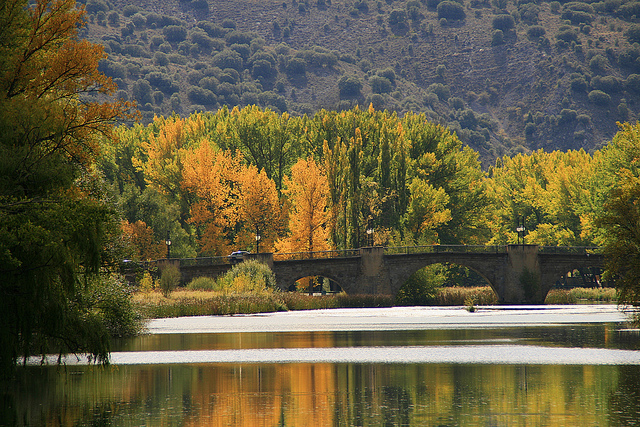
Photo Credit: Miguel Ángel García via Flickr
Getting a return on your investment
As an investment, you will naturally want to see a decent return on the money you invest initially. While capital gains will potentially give you the greatest reward, you will obviously want a more immediate return too. This can be achieved in one of two ways: short- or long-term lets.
Short-term lets
Short-term lets to tourists can be a great way to get higher returns from the property, but it is not without issues. Short-term lets require more work from you or your property manager to ensure good fill rates are maintained throughout the year, and there are legal implications as well.

Photo Credit: Les Haines via Flickr
The regulations for letting property to tourists will vary by region, so your lawyer or estate agent will be best placed to advise on this once a suitable property has been found. It is worth bearing in mind that fines for non-compliance can be extremely large, up to €30,000 in some cases.
Long-term lets
Longer-term lets are subject to the national rental law rather than the more complicated regulations laid down for short-term rentals. That being said, it is always worth seeking the advice of a professional to ensure that you and your property are fully compliant with Spanish law.
You will need different contracts for your lettings depending on how long the let is for. These contracts are easy to come by, and they are an essential part of the process that should not be overlooked.
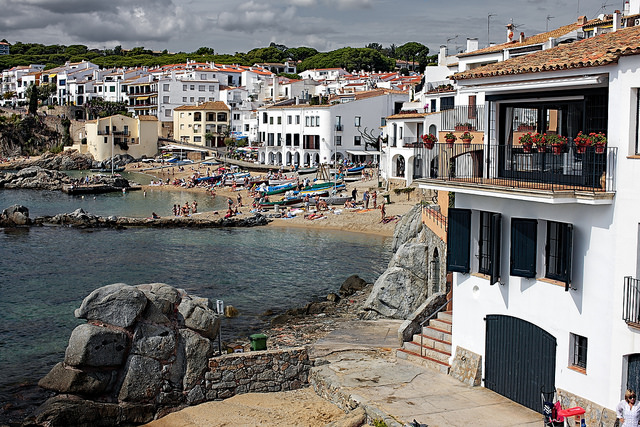
Photo Credit: Miquel Fabre via Flickr
Consider using a letting agent
Letting out property overseas can be a headache so it is well worth considering using a local letting agent to handle the day-to-day running of your property. They will be able to keep occupancy rates up and deal with any niggles that your tenants may have while they are renting from you.
Certain areas of Spain, such as Murcia, require you to have a specialist agent from a tourist apartment management company to handle all short-term lets to tourists, anyway. Again, this is something that your lawyer or estate agent can advise you on when you make your initial inquiries.

Photo Credit: Paulo Brandao via Flickr
Conclusion
While the above will stand you in good stead when choosing your property, it is also important to have the right people on your side too. Be sure to do your due diligence on anyone you deal with throughout the process.
The amount of companies offering investment opportunities both at home and abroad is growing by the day, so it is essential that you stick with an established name such as Aspen Woolf for added peace of mind.
If you enjoyed this blog post then perhaps you would like to read “Why Now is a Great Time to Invest in Spanish Property“?
Feature image credit: mariusz kluzniak via Flickr.

